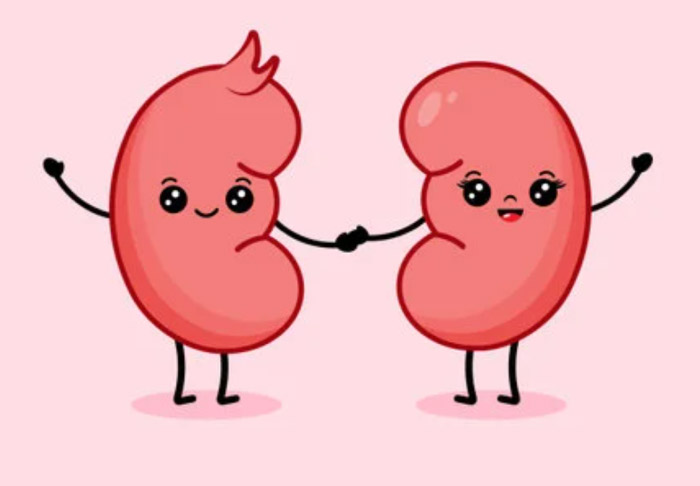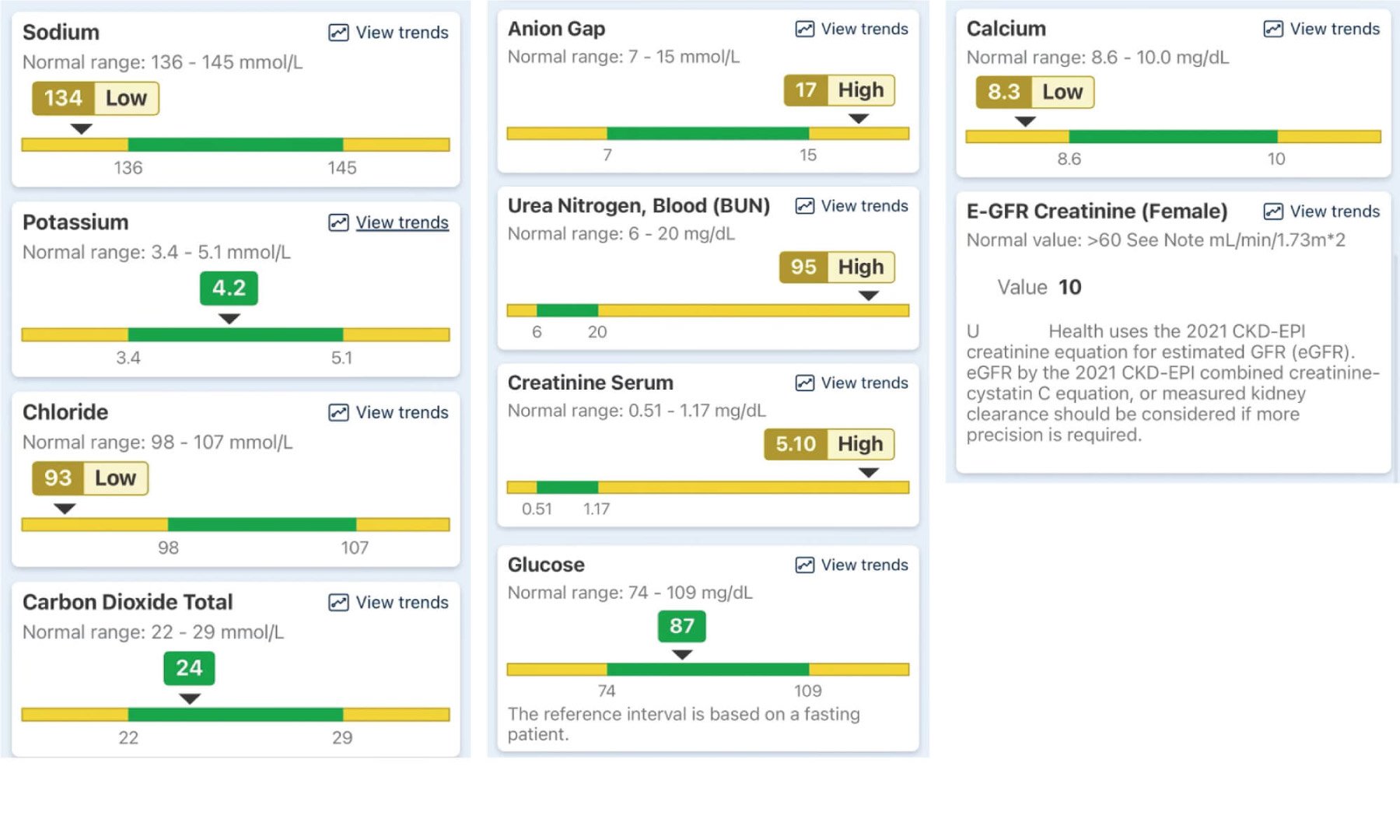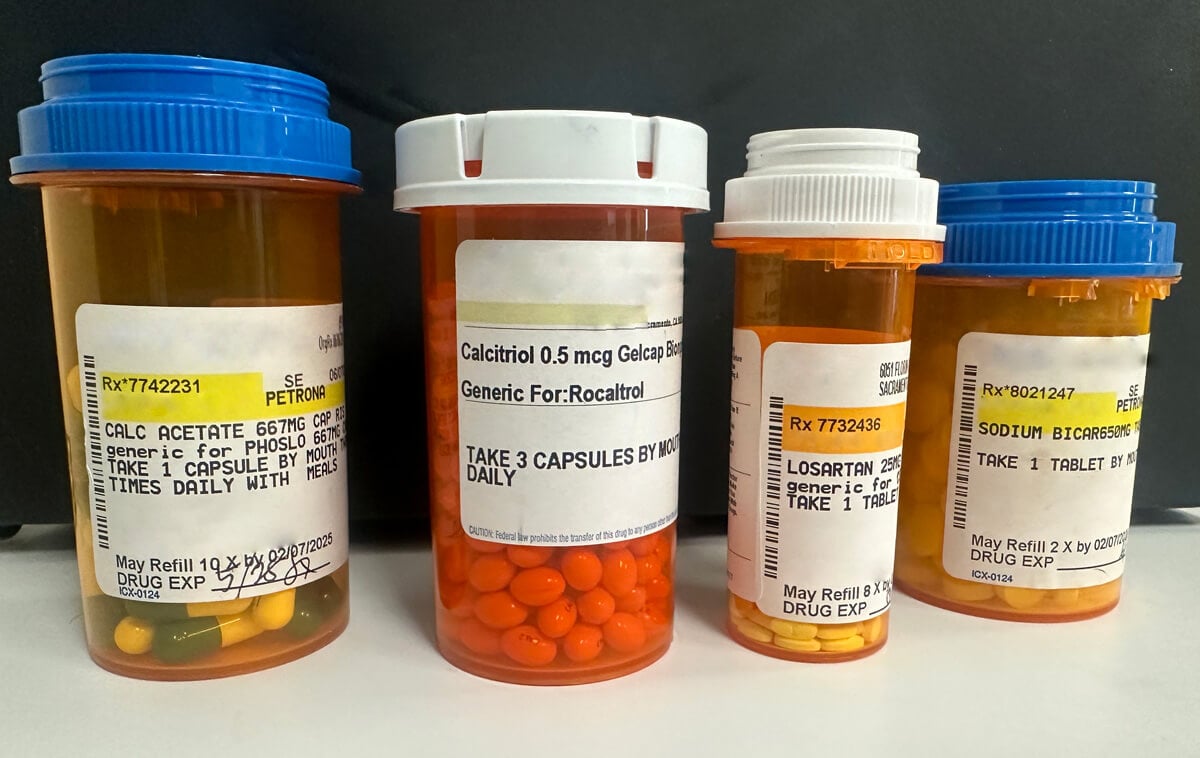Dialysis Treatment Overview. What to expect.

What Can I Expect When Undergoing Dialysis Treatment?
Dialysis is a treatment for CKD stage 5 or kidney failure. Because your kidneys are not able to get rid of enough waste products and fluids from your blood — dialysis treatments are needed to clean your blood to do the work your kidneys normally would. Dialysis is often a temporary stage while you are waiting for a kidney from a kidney donor, or from a cadaver.
The 2 Main Types of Dialysis
Dialysis is a general term used to describe a treatment that artificially removes waste products and excess fluids from the blood when the kidneys can no longer do so efficiently. The two main types are:
Hemodialysis: Blood is removed from the body, filtered through a machine (dialyzer), and returned to the body. This procedure is typically performed 3 times a week, with each session lasting about 3-5 hours in a dialysis center.
Peritoneal Dialysis: A cleansing solution (dialysate) is introduced into the patient’s abdominal cavity through a catheter. The lining of the abdomen (peritoneal membrane) acts as the filter. Waste products and excess fluids pass from the blood into the dialysate, which is then drained from the body. The dialysate is manually exchanged several times a day. This can be done at home a couple of times per day.
When on Dialysis your blood is monitored:
Regular blood tests are done to monitor compounds in the body. Your nephrologist typically twice per month. This is what your blood panel will show:

Blood panel result for a middle-aged female undergoing dialysis.
In addition to blood tests, your doctor will administer a regular physical that monitors your body weight and blood pressure.
When On Dialysis Your Nephrologist Will Prescribe some Drugs:
This is just a sample treatment plan. Consult with your doctor before taking

Dialysis drugs for a patient undergoing dialysis.
Calcium Acetate is a phosphate binder used to help control high phosphate levels in the blood. This helps prevent bone disease and the hardening of blood vessels due to calcium-phosphate deposits. Take with meals.
Calcitriol is used to maintaining calcium and phosphorus balance in the body.
Losartan is used works to treat high blood pressure and works by relaxing blood vessels, allowing blood to flow more easily, and reducing the workload on the heart. It also helps protect the kidneys from damage by reducing protein loss in urine (proteinuria).
Sodium Bicarbonate works as an alkalizing agent to neutralize excess acid in the body. Maintaining a normal acid balance is crucial for protecting the bones and muscles from the harmful effects of high acid levels. Take 1 tablet by mouth twice daily for bone health.
Iron injection is typically used to treat or prevent iron deficiency anemia, which is prevalent in people with chronic kidney disease (CKD).
A sample dialysis drug plan for a middle-aged woman at 120 lbs may look something like this:
Drug | Dosage | Frequency |
Calcium Acetate | 667mg | Three times/day with meals |
Calcitrol | 0.5mg | Take 3 capsules by mouth once daily |
Lorstan | 25mg | Once daily |
Sodium Bicarb | 650mg | Twice daily |
Iron injection |
| Once a month |
After you receive your kidney transplant there is a medication you need for life to make sure your body does not reject the kidney.
Kidney Failure & Dialysis Approved Foods
Your diet is very important to your care when undergoing dialysis. It is important that you have the right amount of protein on dialysis, calories, limit fluids, potassium, sodium, phosphorus, vitamins and minerals each day. Your nephrologist will help you plan your dialysis meals to make sure you get the proper balance. A proper dialysis diet meal plan will also help reduce weight and cholesterol.
Your dialysis diet may be affected if you have dialysis treatments while also having diabetes. In some cases, you may need to make only a few changes in your diet to fit your needs as a kidney patient. For example, some of the free foods you have been using may need to be limited on your kidney diet. Your dietitian will help develop a meal plan especially for you. Here are tips for consuming a healthy dialysis diet during your dialysis treatment.
On dialysis you need a phosphorous binder every time you eat.
Consume fresh or plain frozen vegetables contain no added salt. Drain all the cooking fluid before serving.
Canned fruits usually contain less potassium than fresh fruits. Drain all the fluid before serving.
Non-dairy creamers often have dipotassium phosphate, which is 100% absorbed. There are many milk alternatives on the market now which are much healthier and don’t contain phosphate additives.
Labels on food packages will give you information about some of the ingredients that may not be allowed in your diet. Learn to read these labels.
To help you avoid salt, many herbs and spices can be used to make your diet more interesting. Check with your dietitian for a list of these.
Dietary guidelines while receiving a dialysis treatment
You can treat yourself to a pre-packaged dialysis meals delivered to help your clinical nutrition compliance while enjoying what you eat.